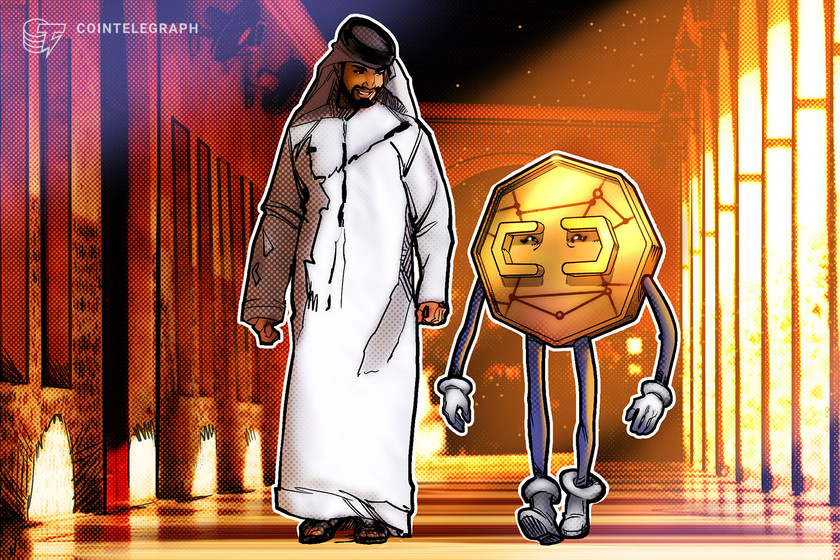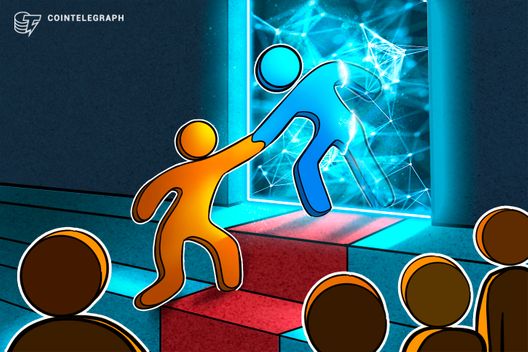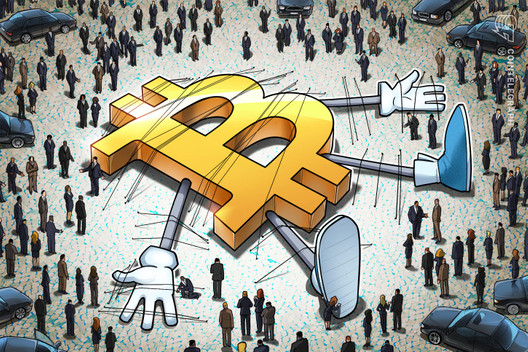How Сrypto Payments Help to Avoid Commissions and Save Money, Explained
1.
I already have a credit card. Why would I use crypto to pay?
This may sound a bit strong, but banks and traditional payment systems do restrict your freedom.
Imagine you live in the United States and your beloved father, whose birthday coincides with Independence Day, resides in another country. As all the local banks are going to be on holiday, you might face significant delays when sending money for a new riding mower to his foreign bank account.
To avoid this, you are forced to use PayPal, special mobile apps or traditional money transfer services like Western Union. However, there is no guarantee the money will arrive in time or will end up in your relative’s pocket, as all humans make mistakes. For instance, two strangers in the U.S. once found themselves in a thriller story, including frozen banking accounts and fraud suspicions, shortly after one of them mistakenly send $100 to another instead of his daughter.
Finally, the financial intermediaries do not care much about your father’s birthday present. You are forced to pay commissions depending on the amount you send and the country where the recipient lives, even if you cannot afford it.
2.
Okay, but how is crypto different from that?
The main idea behind crypto is to allow peer-to-peer (p2p) payments at any time, while eliminating intermediaries.
Let’s start with a particular example provided by Jameson Lopp, the lead engineer at multisignature blockchain security firm BitGo. He described a typical holiday in the U.S. — President’s Day on Feb. 19. In 2018, local banks — as usual — closed down and did not provide financial services to individuals. Meanwhile, Bitcoin (BTC), as a p2p settlement system, was able to process over $1 billion worth of transactions, and more than $7 billion worth of Bitcoin was traded on a single day.
Yes, the crypto ecosystem also has its transaction fees. The miners, who approve the blocks, normally sort the transactions by a fee rate. Normally, you can choose between slow and fast transactions, or the crypto services do it themselves. However, the rates are not drastically different, and there were cases in crypto history when crypto users managed to transfer huge amounts of money for almost nothing.
For instance, in October 2018, a Bitcoin investor sent 29,999 BTC (worth about $194 million at that time) — the largest BTC transaction in recent months — with a $0.01 fee. Given that it costs around 1% of the transaction to clear a $1 million payment in fiat currency, to send a $194 million transaction could easily cost hundreds of thousands of dollars with legacy systems.
3.
Sounds great! Tell me more about the particular crypto use cases.
The popularity of crypto is steadily increasing among people who are unbanked or live in countries with high inflation rates.
Venezuela has been struggling with hyperinflation amid severe social and political crisis for several years now. While the national fiat, the sovereign bolivar, saw dizzying 80,000% inflation in 2018, the Bitcoin trading volumes reached an all-time high by February 2019. As Cointelegraph explained, Venezuelans, who failed to make any savings in fiat that was rapidly losing its price, started buying Bitcoin to confront the economic collapse, with weekly trading volumes reaching above 2,000 BTC on p2p exchange LocalBitcoins.
Meanwhile, U.N. Women — a United Nations entity for gender equality and empowering women — is trialing blockchain cash transfers to help the unbanked refugees in Syrian camps. Women refugees, who participate in the U.N. Women’s cash for work program, are thus able to obtain their money directly, without the assistance of third parties like banks. The blockchain solution allows them to purchase food using an iris scan instead of cash or cards. To access their funds, participants scan theirs eye, which subsequently links to an account on a blockchain.
4.
That’s a bit sophisticated. How can I use crypto payments in my daily life?
Apart from decentralized money transfers, crypto as a part of special programs can contribute to responsible consumption and money savings.
As cryptocurrencies are steadily gaining more mainstream adoption, governments and businesses across the world legalize crypto payments in different areas. For instance, in the U.S. state of Ohio, you can pay your taxes in BTC, while in Prague, you could possibly spend your vacation without ever using traditional money, as the Czech capital is the most crypto-friendly destination nowadays, with over 150 venues accepting BTC.
Social programs aimed to support local businesses and nonprofits are another interesting crypto use case. For instance, Canada’s Calgary launched its own digital currency, Calgary Dollars, to preserve the funds within the city. Citizens can get their coins by participating in local social programs, such as posting ads for goods and services that users want to sell in the relevant app. Later, they can spend their Canadian Dollars to pay for lunch, make a donation to some of Calgary’s nonprofits or buy inner transport tickets.
Meanwhile, Dent Wireless with over 14.3 million users is using cryptocurrencies to change the mobile operator industry by creating an open marketplace for buying and selling mobile data. Customers can top-up mobile phones in over 60 countries with mobile data, prepaid credits or voice minutes using Dent (DENT) — the company’s native token — Bitcoin (BTC), Ethereum (ETH) or Binance Coin (BNB). On the other hand, traders can buy and sell mobile assets on the Dent Exchange in a global marketplace with mobile users from around the world.
In-app cryptocurrencies also draw the attention of major infrastructure companies, such as railways or airways. For instance, German Railway is considering granting tokens to the customers who frequently use its services.
5.
Sounds too good to be true. Any risks or downsides?
Despite all the benefits, you have to make some effort to start trading and to fully understand cryptocurrencies.
Purchasing coins for the first time might not be as easy as it seems. First of all, you have to make relevant research to fully understand how crypto works. You have to be aware of blockchain, public and private keys, credible crypto exchanges and, clearly, different coins as well. As you decide on the asset you want to invest in, you also have to choose an exchange or a wallet, comparing policies and transaction fees.
This preliminary work can be a bit hard for those who are not familiar with IT and fintech, especially for elder people for whom crypto is evidently not the best way to make micro payments. Still, our previous instruction on buying crypto could help those who want to make a first investment.
Once buying coins, the crypto investors have to understand the risks related to high volatility. Cointelegraph previously explained that predicting crypto price trends is a lot easier than it seems at first glance. Nonetheless, in case you want to transfer a significant amount of money or purchase services, you have to closely monitor the rates.
Finally, you have to understand that cryptocurrencies, despite all the industry’s efforts, are still exposed to massive hacks. Sometimes, the losses are caused by human mistakes, as it happened to QuadrigaCX — a major Canadian exchange whose customers lost the vast majority of their funds following the sudden death of company’s founder.
In summary, investors can benefit from more and more crypto-related offers that arise on the market as the industry evolves. However, it is absolutely necessary to invest wisely and not to treat crypto investments as “quick money.”
Disclaimer. Cointelegraph does not endorse any content or product on this page. While we aim at providing you all important information that we could obtain, readers should do their own research before taking any actions related to the company and carry full responsibility for their decisions, nor this article can be considered as an investment advice.









